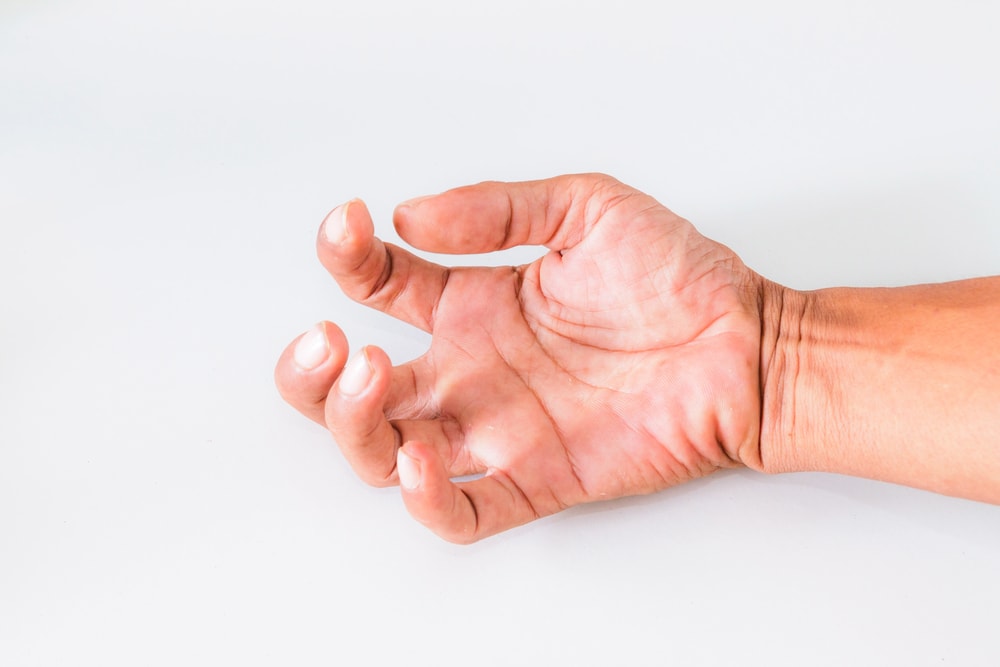Spasticity is a condition that occurs when certain muscles are continuously contracted. The result of such contractions is tightness or stiffness of the muscles. Spasticity is known to affect and interfere with a patient’s normal gait, speech and movement. Because the condition negatively affects one’s joints and muscle, it is detrimental to the health of a growing child.

Signs and symptoms
- Muscle fatigue or stiffness
- Deformities in the joints of patient's extremities
- Leg crosses involuntary
- Painful muscle spasms
- Contractures
- Lower back pain
- Overactive reflexes
- Muscle tone increased
- Uncontrollable movements
- Delayed motor development
- Abnormal posture
Note: these are just a few signs and symptoms provided for informational purposes. Do not attempt self-diagnosis based on this list.
Treatment
When it comes to treating spasticity, the patient is first evaluated on a case-by-case basis. Taking into account the patient’s age and other underlying causes of said condition, doctors will then determine its severity. Although there is no cure for severe spasticity at this time, the condition and can be controlled well enough with proper oral medication as well as occupational and physical therapy. Chemodenervation agents (Botox® and Dysport®) in conjunction with a physical therapy regiment can help relieve muscular contractions and help patients lead functional lives. Orthopedic surgeries and neurodestructive surgical procedures are also reserved for more severe cases.
Northern Neurology Specialties is the Expert You Can Trust for Spasticity Treatment
Dr. Bressler and Northern Neurology Specialties have a wealth of experience to help plan and implement the best spasticity treatment that suits you or your loved one. A thorough medical evaluation including diagnosis, testing and past treatment history would be done before any potential treatment plan is discussed. Contact us today so we can discuss your options for spasticity treatments.
